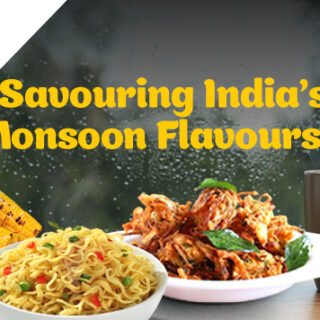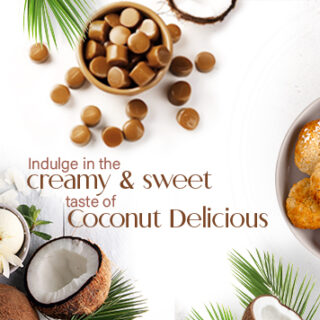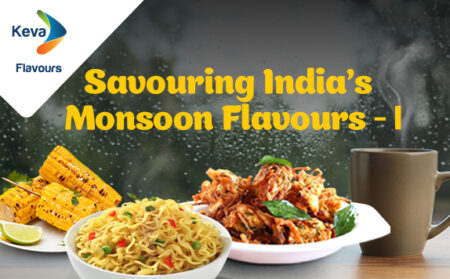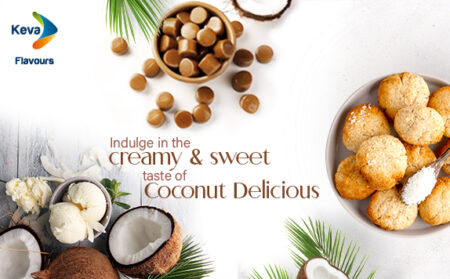
Flavour retention during extrusion process
Indian consumers are fond of spicy, crunchy products. The growing consumer demand for extruded food products is due to its crispy and crunchy nature. The extruded products in India vary from tradition products such as chakali to a processed extruded product such as chips.
The incorporation of flavoring in the extruded products is an essential operation in the manufacturing of extruded products. Due to high-temperature conditions, loss of flavoring components takes place. The principle of extrusion is to feed raw material in the extruder barrel and the screw then conveys the food along with it. The food is heated above 100°C, so extrusion mainly is high-temperature short time cooking process.
At extrusion process, the hot mass leaves the high pressure of the extruder and, at end of die/barrel towards the finish, the water gets vanished. The evaporation of water results in expansion of product. Water evaporation negatively affects the product flavor.
Due to the high temperature and moisture conditions inside the barrel, the flavor volatiles comprising distilled aromatic compounds from the material rapidly escapes along with the steam (at atmospheric pressure conditions), thus resulting in a loss of sensory properties.
Extruded product is a mixture of cereals, grains, different oils, seasonings, flavorings etc. As the extrusion process takes place in high temperature and shear with different moisture conditions, this entire process leads to degradation, denaturation, cross-linking and different interaction happens between various components present in the extruded materials. This change leads to numerous chemical reactions during extrusion process most of them are flavor related reactions such as lipid oxidation, Maillard reaction, deamination reaction.
Maillard reaction leads to the generation of roasted, caramel-like aroma in food, as well as gives a brown color to the food product. The reaction of the amino acid with carbonyl group with reducing sugar gives the taste and color to the product.
Three different ways to add flavor to extruded products
1. Pre-extrusion- In this method the flavouring is done along with a slurry of oil. As the flavouring is applied externally, there are chances of faster oxidation of product. This method also increases the fat content.
2. Post-extrusion- Flavorings are mixed along with extrusion material which gives uniform distribution of flavors and maintains the flavor stability. In this process, flavor losses are high.
3. Direct injection- this takes place at the end of the extrusion process, the volatile loss is less from food but the mixing of flavor is not proper.
Reaction such as lipid oxidation unbalances the flavor of the extruded products. Hence, to avoid that, reactive precursor are added into the flour which will react to produce the flavor.
There is a great potential for utilizing encapsulated flavor in the HTST extrusion process, to get the desired flavor of the product. An encapsulated flavor provides the flavor protection against thermal degradation of volatiles. If we add encapsulated flavor powder along with raw material, they become part of the feed and go through a different part of processing of mixing, heating, and shearing. In all this process the contact time of feed in barrel shear applied, condition time for moisture, type of ingredients used in the product also affect the flavor of the extruded product.
ArrayKeva has an extensive flavour shop for various food and beverage applications, besides a team of expert flavourists and food technologists for creating custom flavours and matches. To partner with us, contact Keva today.
- Pinned
- Recent


 Taste of Traditions
Taste of Traditions17 May 2024






 Energizing Trends of the Energy Drink Market
Energizing Trends of the Energy Drink Market31 May 2024
Blog Archive
-
2024
June (2)
May (2)
April (1)
March (1)
January (1)
2023
2021
-
September (1)
August (1)
2020
-
October (1)
September (1)
August (1)
March (2)
February (2)
January (3)
2019
-
November (2)
- Process Flavours
October (1)
July (1)
May (1)
March (2)
February (2)
January (1)
2018
September (1)
July (1)
May (1)
April (2)
March (2)
February (2)
January (2)
2017
November (2)
October (2)
Disclaimer
The statements, views, thoughts and opinions expressed on blog or social media are those of the author and do not necessarily reflect the official policy or position of Keva Flavours or its parent organisation. The company does not take any responsibility for the views of the author.


